LEAS – shore-side decision support for traffic situations with highly automated or autonomous vessels using AI.
LEAS – shore-side decision support for traffic situations with highly automated or autonomous vessels using AI.
Introduction of LEAS
Maritime transport routes are currently characterized by increasing digitalization and automation on board ships. Further development from partially to highly to fully automated and autonomous ships is currently being researched worldwide and implemented in prototype developments. So far, little attention has been paid to the technical and operational integration of such vessels into the existing system of conventional ships and shore-side traffic control services. The merging of traffic and monitoring regimes is particularly important near coasts with high traffic density, where decisions are sometimes required in the shortest possible time.
Summary of the Development
LEAS is focused on the design, implementation and demonstration of shore-side support services based on artificial intelligence (AI) for conventional to autonomously navigating and possibly unmanned vessels (mixed traffic). Thus, a maritime transport scenario is addressed for which – apart from some simulation studies – no practical experience on operational requirements and procedures is available. The developed advisory components and modules shall be based on elements working with artificial intelligence (AI) and implemented in an innovative human-machine interface (HMI). The latter is to indicate to the human operator the intention or goals pursued by the automated system and the means employed.
Exemplary situation
The following example of a fictitious safety scenario is used to illustrate the issue of shore-side support to improve the safety and efficiency of coastal maritime transportation for traffic situations involving highly automated or autonomous vessels in relation to vessel traffic services (VTS) centers.
Thomas recently successfully completed his training as an operator in a VTS traffic center. He is one of the first to practice this profession without having gone to sea himself. It is October 2025, an autumn night with showers and gusty winds is approaching. Besides Thomas, there are two other employees on duty, so the minimum manning requirement is met.

He masters the 12 monitors and diverse support systems with confidence because he is well prepared through training. Routinely, he observes the traffic until the voice radio intensity increases. An alarm appears, indicating that a ship has left the traffic separation scheme (TTS) near the wind farm north of Helgoland. Another, obviously highly automated ship is approaching. Is there someone on the bridge there? Does the shipping company’s own monitoring center have an eye on the situation? A collision hazard is beginning to develop with the ship that has just left the TTS. There is no evidence of an evasive maneuver. The automated ship as the course holder continues to sail in accordance with the rules. The other ship, as the one obliged to take evasive action, now touches the safety limit of the wind farm. There it is not deep, which is why the alarm for the danger of grounding is triggered. In the meantime, six different alarms have been raised in the monitoring area. Which one has the highest priority, which one is the most urgent? Thomas has to decide. It’s a good thing that an AI-based decision support system is now available to him for this purpose.
LEAS scientific/technical work objectives
- Can anomalies in the driving behavior of ships be detected primarily from AIS data using AI-based methods for traffic monitoring?
- How can AI be used to counteract an escalation of danger in complex traffic situations?
- How can AI be used to detect and eliminate the influence of errors that occur when determining a ship’s position data?
- Can AI be used to achieve faster and more reliable prediction of a vessel’s maneuvering characteristics for traffic monitoring?
- How should the human-machine interface (HMI) of a VTS system equipped with AI-based methods be designed?
- How must a simulation system or demonstrator be structured to incorporate AI functionalities and be used for evaluation?
- Is the current legal framework sufficient to use AI in the maritime domain to support VTS operators?
Main work packages
Traffic monitoring and data streams

The national and international regulations and their dependencies (e.g., IMO/IALA) will be summarized and analyzed. In particular, the emerging regulations for MASS (Maritime Autonomous Surface Ships) will be considered. The activities for the further development of VTS operations will be compared in an international context.
Traffic management concept and system architecture
The future processes for mixed transports are specified and modeled. Furthermore, proposals for VTS centers in dealing with MASS are developed. The specifications include data formats, transmission rates and distances as well as output formats and a database model. In addition, the developed data requirements and proposed data formats will be aligned with guidelines and standards currently being developed (e.g., IMO Compendium, IALA specifications). Traffic scenarios will be specified to verify the technical capabilities of the modules.
The aggregation of all data streams is essential for the development of the AI modules. Secure and structured data recording allows offline training of the AI modules and later verification. In particular, inconsistencies in the data and outliers are identified and removed. Further, a concept for the handover between back- and frontend for the web-based VTS will be developed.
The demonstrator requires the development of a robust software and hardware architecture. Interfaces and technical requirements will be defined. Also, the system modules will be defined and the exchange of sensor, situational awareness and route information between ship and shore as well as the later integration of the system into today’s VTS solutions will be defined.
Human-machine interface for AI-based VTS support
The basis is ISO 9241-210 “Ergonomics of human-system interaction – Part 210: Human-centred design for interactive systems”. The design process is an iterative procedure with continuous optimization and adaptation of design solutions on the basis of user-centered evaluations. The design process is an iterative procedure with continuous optimization and adaptation of design solutions on the basis of user-centered evaluations. User involvement takes place in the form of workshops and interviews.

AI-based decision support systems and modules
The work package provides all necessary data required for the development of AI modules. Furthermore, the AI algorithms are developed and verified. Thus, this represents the main work package of LEAS.
Also, the AI modules required for the web-based portion of the project will be developed here.
AI Module 1 – Decision support for selection of position data
- Definition of training and test data set
- Implementation of comparison models based on classical statistical methods, e.g.: Density determination in histograms, Gaussian Mixture Models or Single Class Support Vector Machines
- Analysis of the data set for different projections in parameter space such as: Elevation, Azimuth Angle, Signal to Noise Density Ratio, Satellite Type (GPS Block 2 / 3), Satellite No, Vessel Position, Vessel Orientation.
- Selection of at least two methods of deep learning, e.g. normalizing flows
- Iterative improvement of the models by hyperparameter optimization
- Comparison with classical comparison models regarding consistency of all models
- Implementation of the interface to the HMI
AI Module 2 – Hazard escalation and situation assessment
- Extraction of historical encounter situations
- Determination of the danger of a situation with the help of ship domains and derived limit values
- Determination of the last possible moment of an intervention
- Resolution of dangerous situations by maneuver prediction with Deep Learning
- Verification of the learning procedure in post-processing
- Identification and safe management of complex traffic situations
AI Module 3 – Intelligent Anomaly Detection
- Identification of anomalous ship movements and situations under various conditions
- Trajectory investigation with regard to course and speed
- Determination of the earliest possible point of intervention on the ship’s course
- Verification of the learning procedure in post-processing
AI Module 4 – Motion prediction of autonomous Vessels
- Classification of vessels as a basis for AI development.
- Parameter estimation for vessel classes based on historical and statistical AIS data and other data sources using Deep Learning
- Verification of parameter sets for ship classes
Demonstrator AI based decision support modules with innovative HMI.
In this part of the work, the two demonstrators are developed. The HMI mock-ups will be implemented, interfaces between the AI modules and the HMI front ends will be realized and integrated into the simulation system to create a realistic user environment that can be evaluated.
For this purpose, the AI modules are brought together in the demonstrators. This includes the integration of the AI modules into the simulation system, creation of interfaces between real-time data or simulator and AI prototypes to provide realistic sensor data and position information.
Furthermore, the basic structure for a web-based VTS infrastructure is generated.
In three places, the findings of LEAS will be integrated as a prototype
- MSCW infrastructure (Maritime Simulation Center Warnemünde | HSW | Germany)
- Simulator system at the Fraunhofer Center for Mairitme Logistics (CML | Hamburg | Germany)
- Full-Web-Based VTS at FleetMon (Rostock | Germany)
Within this work package, it is planned to continue cyber security load tests for web-based VTS infrastructure.
The Demonstrator | Outcome
With the completion of the project, it is possible to evaluate the effect of MASS in traffic centers. Recommendations for action can also be made as to how future highly automated ships must be displayed in the front end. The driving behavior of these special ships will be predicted using AI to provide operators with a reliable situation picture.
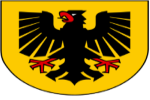

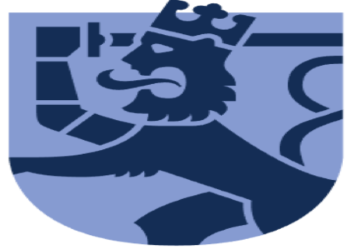



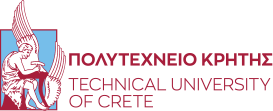



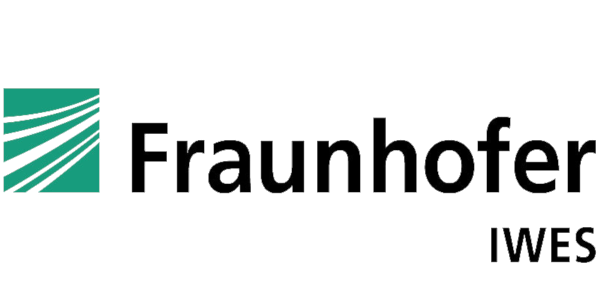

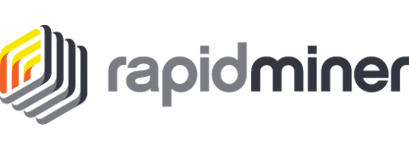
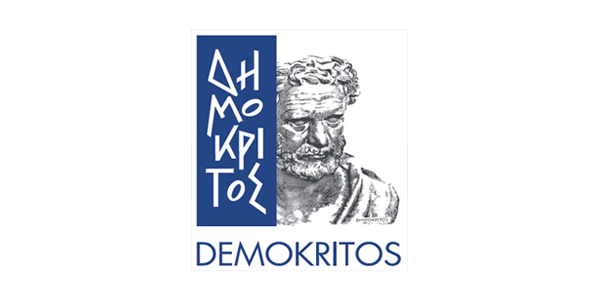









.png)


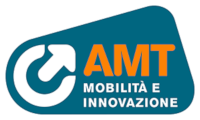







.png)
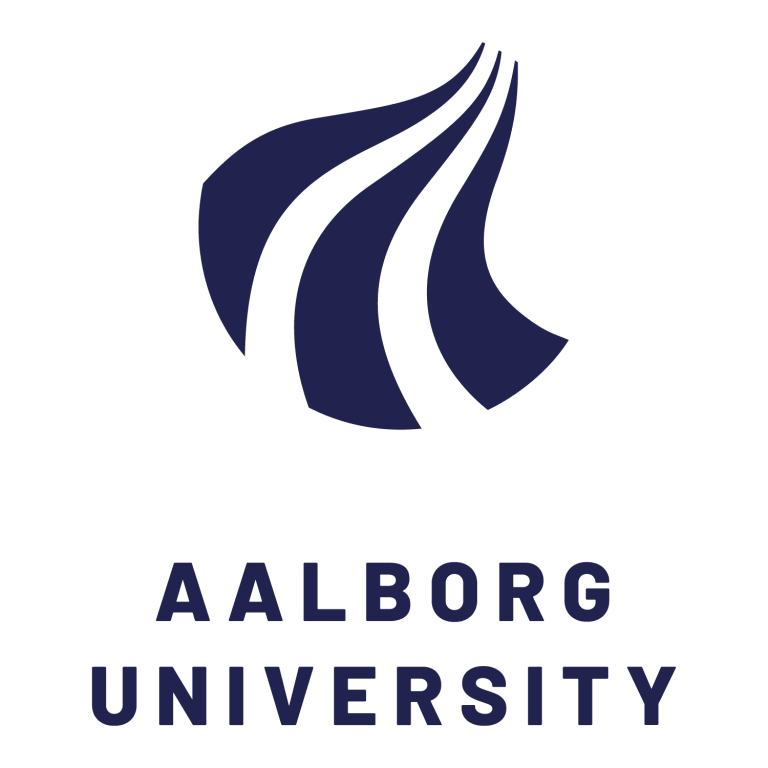
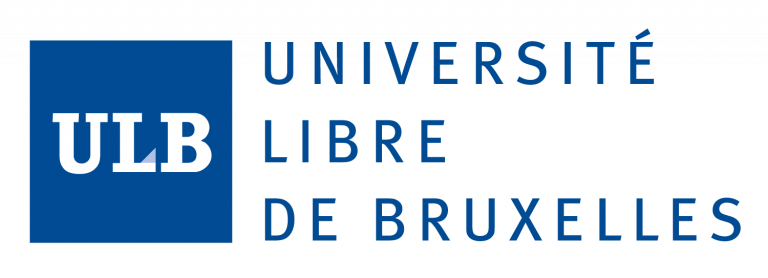
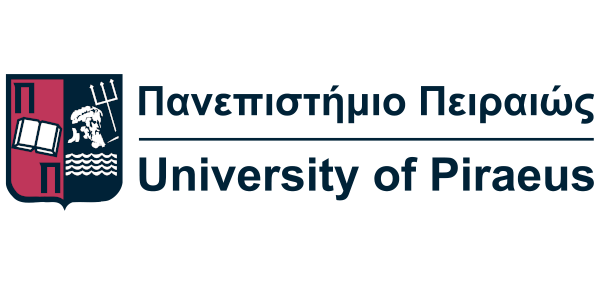
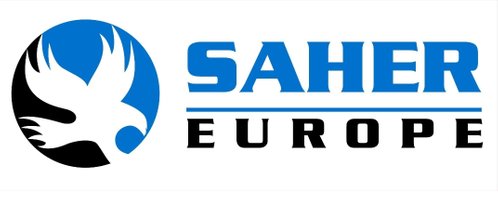





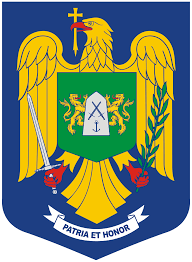
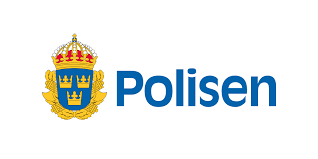






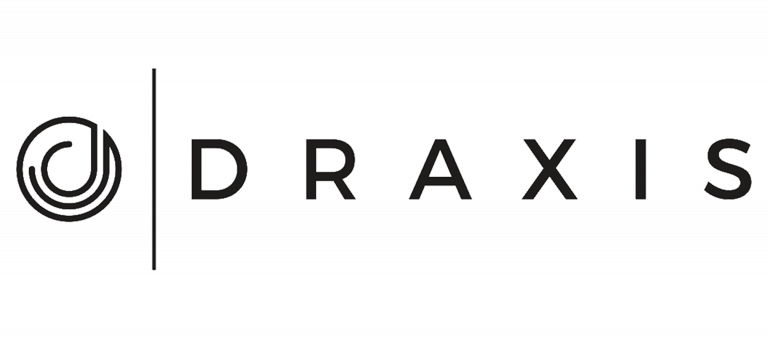







Previous
Next
LEAS – shore-side decision support for traffic situations with highly automated or autonomous vessels using AI.
OPS Master Plan for Spanish Ports
PERIVALLON
Require AIS data for your project?
Please reach out to us to discuss which Kpler offering will support your research project or academic study in the best possible and efficient way.




